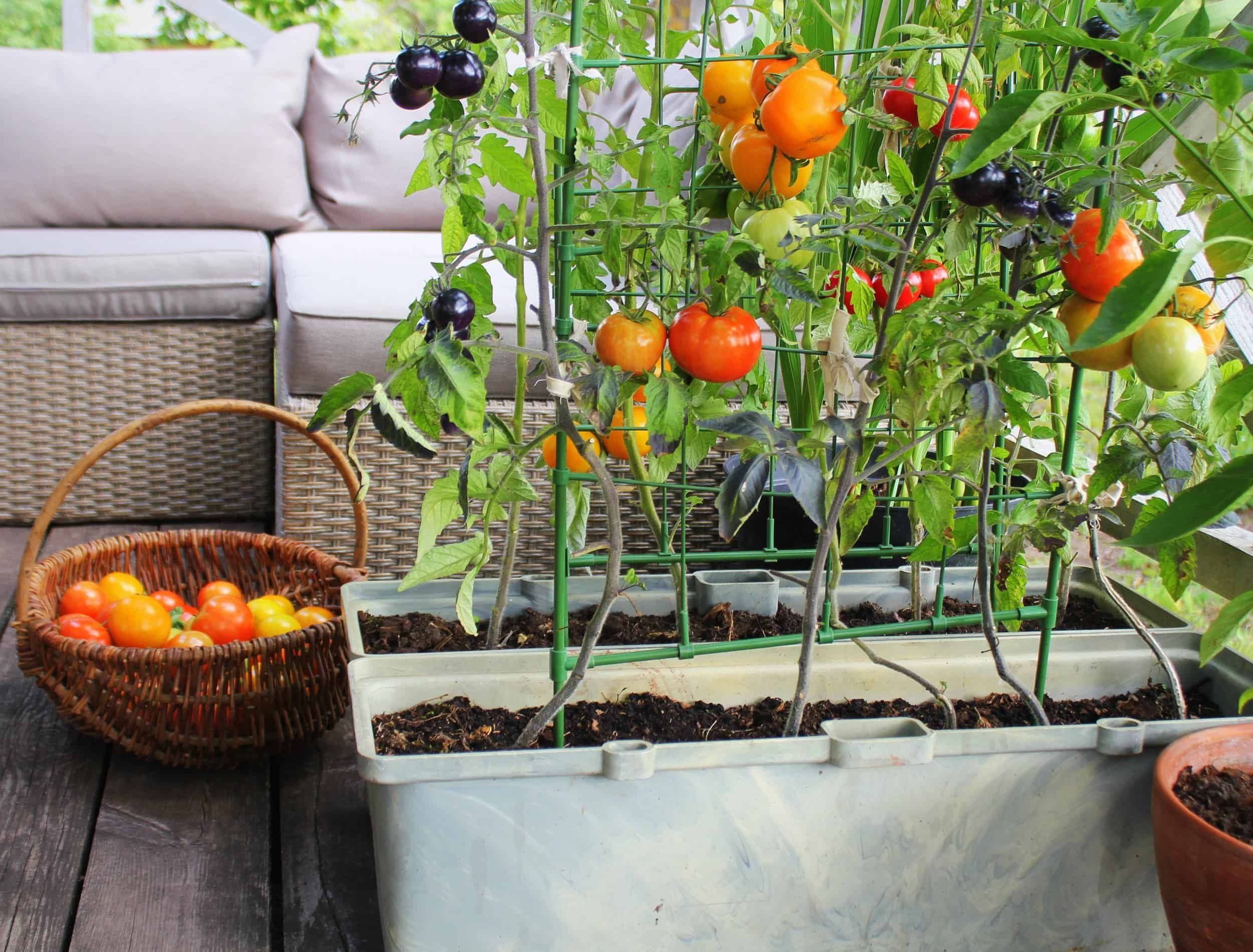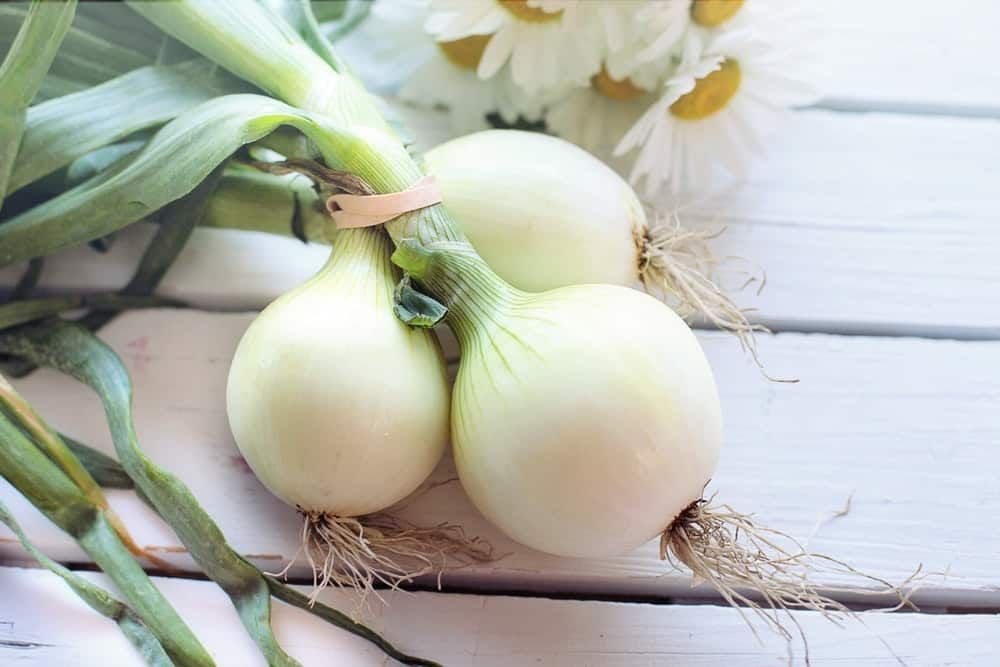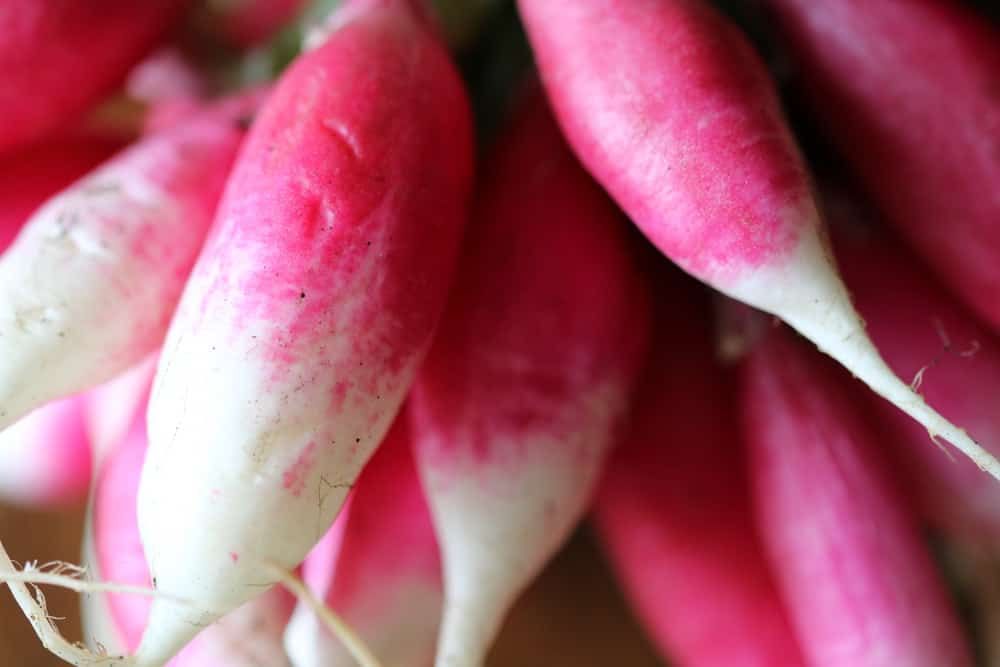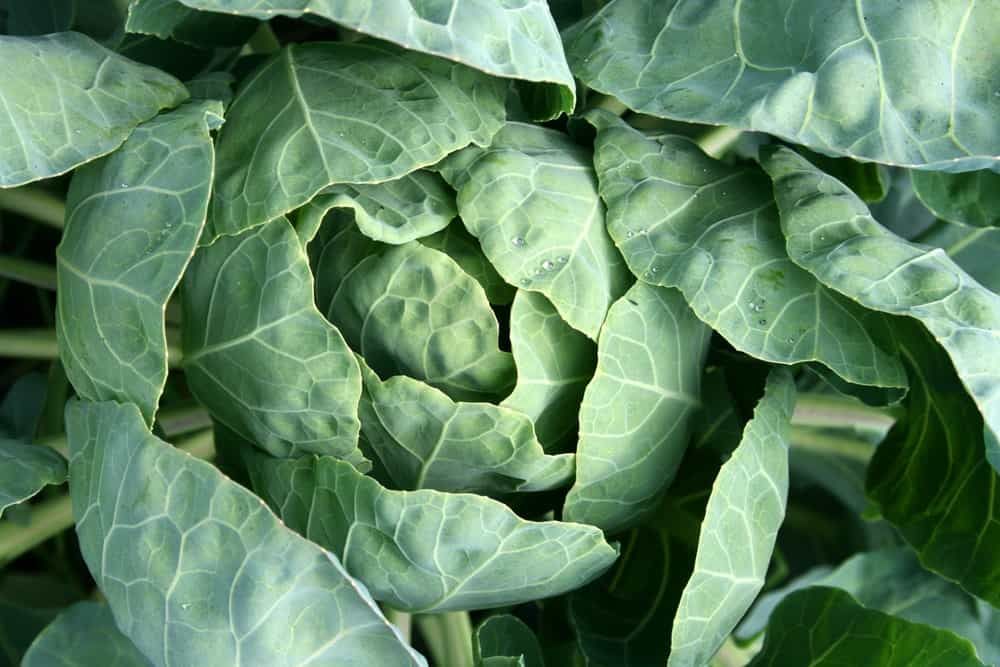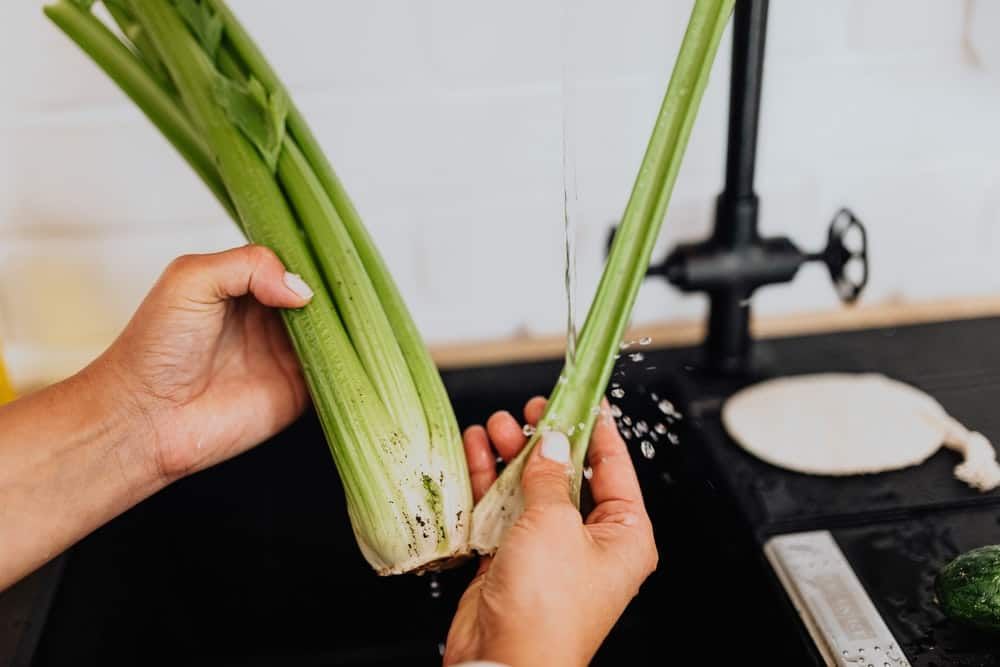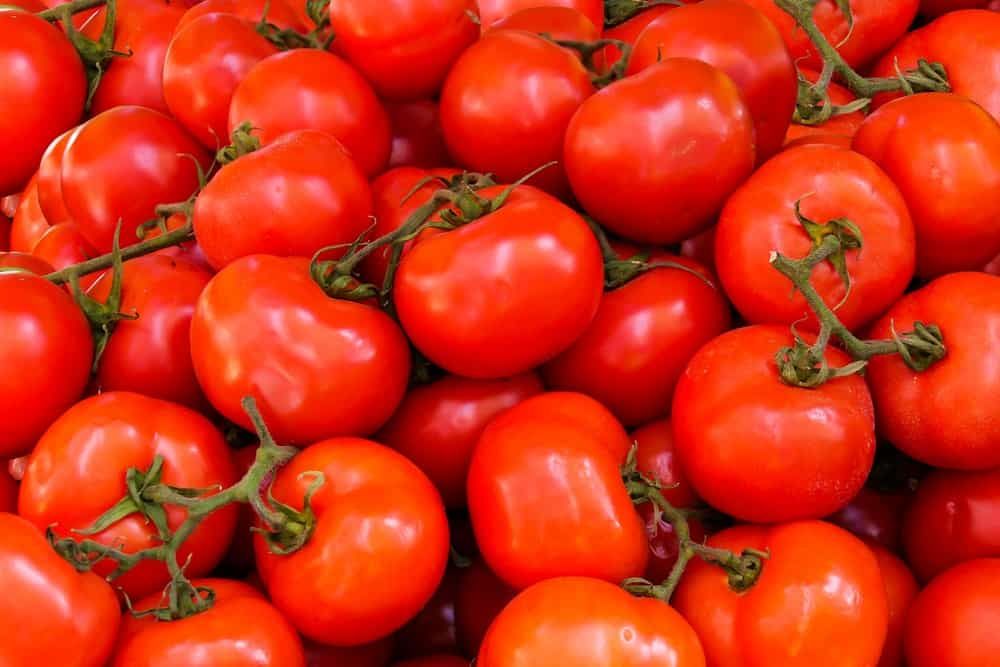Have you been thinking of starting a vegetable garden but don't have the room? If you only have limited space to garden, don't be disappointed! There are still many vegetables you can plant and reap the benefits of what you sow. Here are the 10 best vegetables to grow in small spaces!
Potatoes
Image credits: Pixabay via Pexels
Potatoes are one of the most popular vegetables to grow in a small garden -- and for good reason. They’re relatively easy to grow, they produce a lot of food, and can be grown in a compact space. If you have a sunny spot in your yard or garden, you can grow potatoes. All you need is a few feet of space and some basic supplies.
One important thing to remember is not to let potatoes stay in the ground too long. You want them out of the ground or container before frost hits so that they don’t rot underground (which leads to those pesky potato bugs).
Onions
Image credits: Pixabay via Pexels
Onions are one of the most convenient and straightforward vegetables you can grow. They can be used in so many dishes, and they store well. Plus, they don’t take up much space; you can grow onions in as little as six inches of soil.
Other things that make them great for small gardens is that they don’t need a lot of water or sun to grow (though it does help), and they usually have low pest problems.
Leeks
Image credit: Graham Corney via Shutterstock
Leeks are a great because they don't require a lot of maintenance, which makes them perfect for busy people. Plus, leeks are very versatile and can be used in a variety of dishes.
Here are some tips for growing leeks:
- Choose a sunny spot in your garden or pots for planting.
- Leeks need well-drained soil, so make sure to add plenty of organic matter to your soil before planting.
- Plant leek seeds or seedlings about an inch deep and six inches apart.
- Water on a regular basis, especially during dry periods.
Peas
Image credit: Irina Bg via Shutterstock
Peas are one of the most popular vegetables to plant in small gardens. They don't take up much room, and you can even grow them vertically on a trellis or fence. Peas are relatively easy to care for and don't require a lot of attention. Plus, they're a great source of vitamins and minerals.
Peas prefer full sun, but don't have many requirements in terms of soil type and other conditions. Since peas are easy to grow in the most basic garden plot, it's no surprise that they are so popular and thrive in containers!
Carrots
Image credit: 135pixels via Shutterstock
Another vegetable that takes up very little space, but packs a big punch when it comes to nutrition, is carrots. Carrots come in many varieties and colors and are easy to plant. You can also find seeds seeds for at your local nursery or hardware store.
Carrots tolerate cold temperatures and hard soil well. They also grow quickly and produce steady amounts of leaves throughout the season, making them one of the best crops to have in a small garden.
Radishes
Image credits: Pixabay via Pexels
Radishes are another great vegetable to grow in small spaces. They grow relatively quickly, and you can sow the seeds directly into the ground or start them indoors in a pot and then transplant them later. Many varieties of radishes prefer cool weather, so they are a good choice for early spring or fall planting. They will be ready to harvest in about four weeks.
Radishes produce new flowers and leaves every few days. There are also certain varieties of radishes that thrive in warm weather and will flourish when surrounded by fertile soil and fed well with plenty of water.
Shallots
Image credit: anuchit tantiwetwuttikul via Shutterstock
Shallots are a small, onion-like vegetable with a milder flavor than onions. They're relatively straightforward to grow and don't require much room, making them ideal for a small garden. You can even grow shallots indoors on a windowsill.
To plant shallots, simply break up the bulbs into individual cloves and plant them about an inch deep in well-drained soil. Water regularly and fertilize every few weeks. In about four months, your shallots will be ready to harvest.
Cabbage
Image credits: Pixabay via Pexels
Cabbage is a great vegetable because it doesn't take up much room, and you can get a lot of cabbage from just one plant. Cabbage is a cool-weather crop, so it's best to start planting it in early spring. Cabbage is only able to thrive in containers if you don't overcrowd them, so make sure your container is big enough for your desired yield.
It only takes about two months for cabbage to mature, so you'll have fresh cabbage to enjoy all summer long!
Celery
Image credits: Pixabay via Pexels
Celery is a great vegetable to grow in small gardens, and it is a low-maintenance crop. It does not require much water or fertilizer, and can even be grown in partial shade. Celery is also a slow-bolt vegetable, meaning it will not go to seed as quickly as other vegetables. Basically, you can enjoy it for a longer period of time. When growing celery in small spaces, be sure to choose a compact variety and plant it close together to make the most of your space.
Tomatoes
Image credits: Pixabay via Pexels
Tomatoes are a classic example of a vegetable that does well in small spaces. They don’t need a lot of room to grow and can even be grown in containers on your porch or balcony. Just make sure they get plenty of sunlight and water and you’ll have fresh tomatoes to enjoy all summer long! You might even need a small trellis to help them out.
Enjoy!
If you’re trying to start up a small garden, growing any one of these vegetables will work great. Growing more than one means you'll have all the ingredients for great soups, salads, and side dishes.

